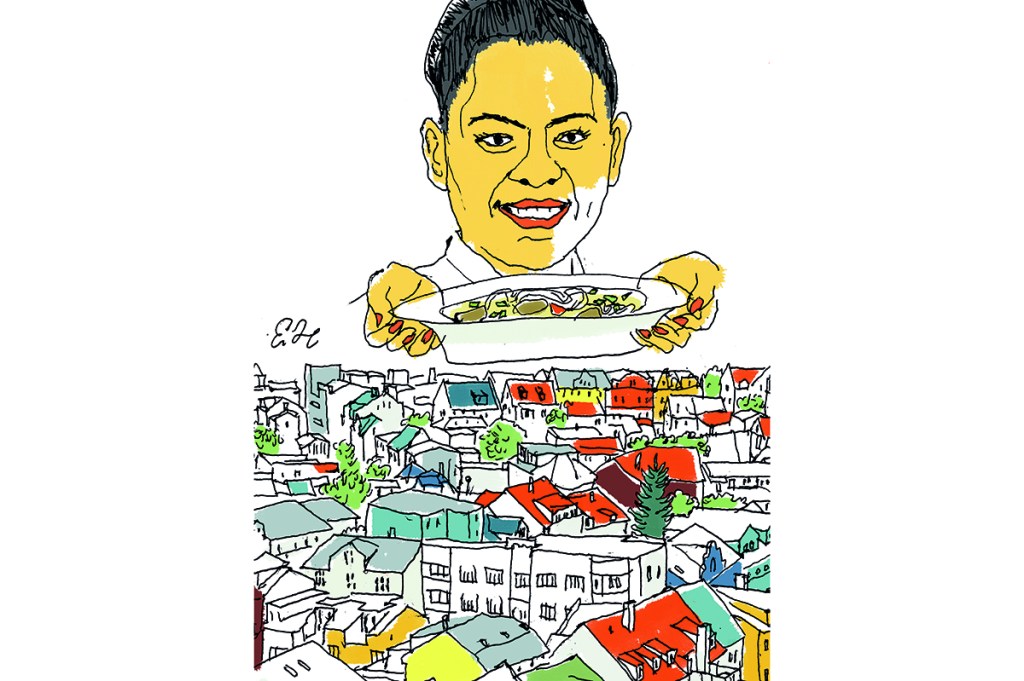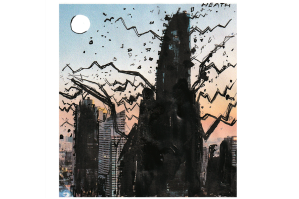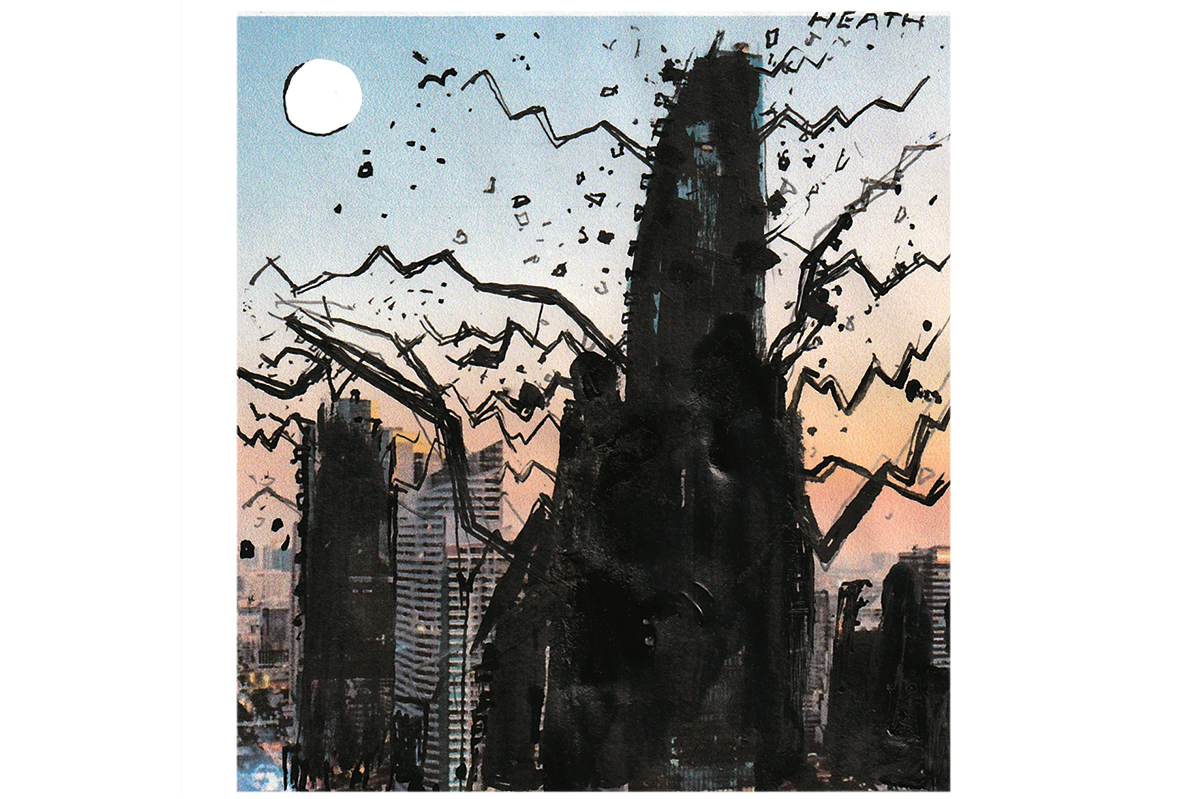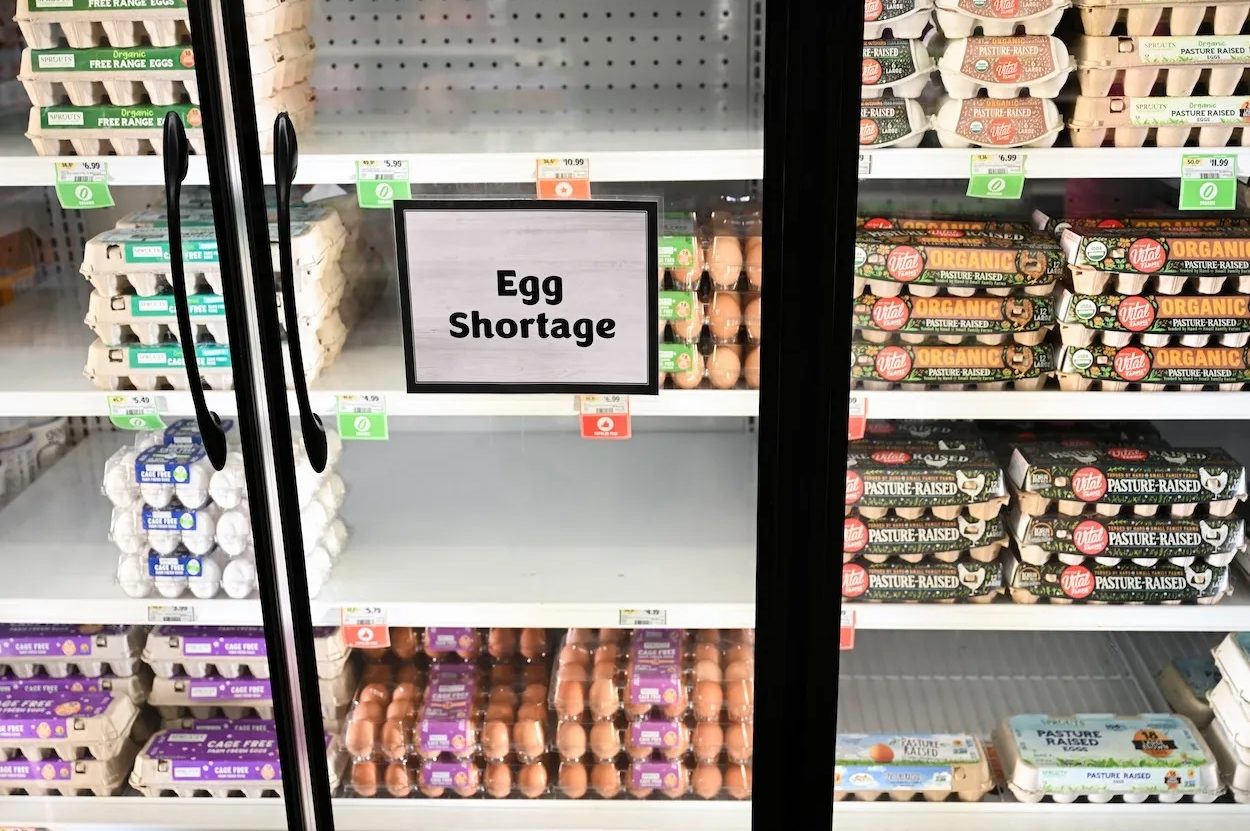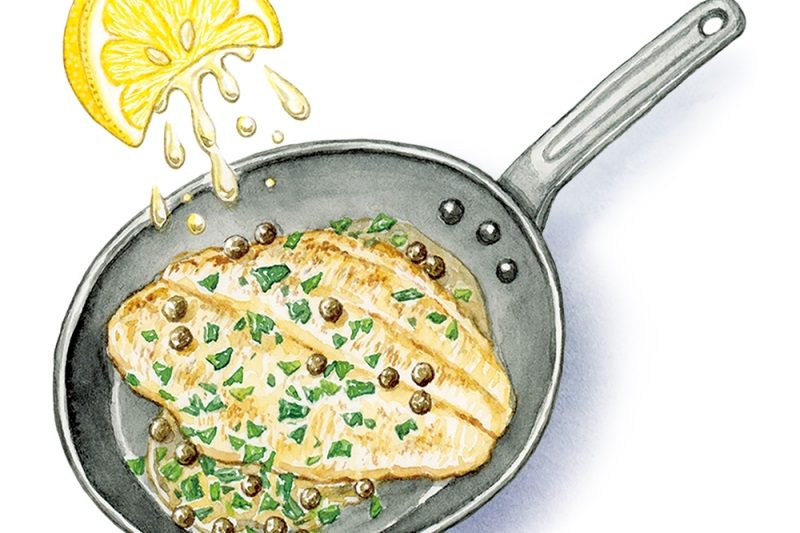Last October I flew to Reykjavik for a spa weekend among the volcanic lagoons. It sounded blissful, but the reality was strange and, in some ways, downright alarming. This was back when people still cared about Covid, and no one seemed to care more about Covid than the Icelanders (even though the data suggested that barely anyone there had the virus). You might imagine their reaction when someone collapsed on an incoming plane. That someone was me.
I didn’t have Covid and had multiple PCR tests to prove it. What I had was a bout of vertigo so bad that I initially thought the plane was crashing. I managed to tell the Icelandic stewards, “I’m fine, really, it’s just vertigo.” One of them said to the other, “We’ll give her the injection, pull her pants down.” I can’t remember my exact response, but the essence of it was “No. No, you do not have my permission to give me a butt injection.”
I began to realize the situation I had got myself into and tried to play down my symptoms. But it was too late. The pilots had already rung ahead for an ambulance. I was a Covid-19 suspect, despite my negative tests. I tried to explain that I had sinusitis, but they spoke less English than I’d anticipated and the only response I got from the policeman was, “You’re in a real pickle.” After evading the police and absconding from my hotel quarantine, I finally embarked, rather nervously, on my spa holiday. I had a wonderful time, but the food was notably weird.
We had booked a food tour of the capital and this one was accompanied by cultural and anecdotal information from a lovely local with nipple piercings and no bra. Off we went to Bæjarins Beztu Pylsur, the hot dog stand Bill Clinton fell in love with, where you can order his namesake dog topped with Icelandic ketchup, Icelandic mustard, crispy fried onions and raw onions. It was great, but I’ve definitely had better in America.
From there we hit Íslenski Barinn, a tavern famous for Einstök White Ale and fermented shark. I enjoyed the ale but didn’t try the shark. It was so smelly it had to be kept in sealed jars and you’re meant to just swallow it while, apparently, holding your nose. Not happening.
True highlights included Messinn’s gloriously rich Arctic char baked in honey, butter, lemon, cherry tomatoes and almonds (like the best salmon you’ve ever had, but better) and the end to our evening at Café Loki, where we were served rye-bread ice cream topped with whipped cream and caramelized rhubarb sugar, coffee and kleinur, an Icelandic pastry.
Apart from these highlights I was not overjoyed by Icelandic cuisine. What did impress me, however, were the surprising multitude of southeast Asian food markets and stalls dotted throughout Reykjavik. One spot stands out — the Hlemmur Food Hall, which has a distinctly Oktoberfest feel. It was a gastronomic paradise. My sister went to the Mexican stall for tacos, and I headed over to the Vietnamese place for spring rolls and beef pho. It was just what my sinusitis needed. I went back several times during the trip. But it got me wondering: since when had Iceland become an ethnic-foodie’s dream destination?
I kept an eye out for more Vietnamese spots to eat, and there were a huge number of them. Thai as well, and not tourist takeaways, but markets selling southeast Asian products. Such places wouldn’t draw my attention in any other European capital, but this is Reykjavik, population 133,000, and I was surprised to see a significant portion of its locals weren’t Icelanders.
I raised the topic with our food tour guide. She looked uncomfortable, and not just because of the nipple rings. “It’s not really something Icelanders like to talk about,” she said. “Why not?” I asked. Her answer was surprising and honest. Icelanders, particularly young male sheep farmers, find it very difficult to meet eligible young women. Before this trip I’d heard gossip that young people in Reykjavik download an app on their phone that tells them if the person they’re meeting for a date is their cousin. Turns out that’s not far off. The pre-internet generation of Icelandic men flew to southeast Asia, where they found a multitude of young women looking for a life in the West.
According to a 2008 fieldwork study by Jóhanna Gisladottir Bissat, Thai women started arriving in Iceland in the Eighties, fleeing Thailand’s northeast region of Isaan, where ultraconservative, poverty-stricken families wrestle with political, ethnic and religious persecution — as usual it was the young women who took the heat. It was often the youngest daughters of northern Thai families, to whom it falls to support their parents in old age, who ended up in Iceland. These women “came to Iceland in order to be with Icelandic men whom they had already met and married in Thailand, or planned to marry once they were in Iceland,” Bissat explains. This trend, however niche its beginnings, has had a noticeable effect on Iceland today. The country’s Thai-origin population is now roughly 1,500, in an overall national population of 370,000. I had seen the effects in the food scene, but I wanted to know what life looks like for the Thai women who moved here thirty years ago.
Our guide told me that her boyfriend’s mother was Thai, and despite having divorced her Icelandic husband, she has stayed. She does not speak Icelandic very well and presumably socializes only with other Thai immigrants, but she has made a home there and the alternative is not a safe one. Bissat’s report indicates that there are a significant number of isolated, non-Icelandic-speaking immigrants with little opportunity for economic improvement or social integration, especially if they divorce their husbands. One Thai worker Bissat spoke to says, “If [Thai people] can choose between working [overtime] or going to Icelandic language class, most Thai people want to work more.” As a result, they remain in poorly paid jobs.
The Asian food in Reykjavik really was up there with the best New York and London have to offer. I daydream about tucking into a steaming bowl of beef chili pho as the North Atlantic wind rages outside the Hlemmur Food Hall. It seems Iceland wants more tourists. If this is the case, it would do well to support the Asian community, whose food surpasses that of the locals. I’ll take pho over fermented shark any day.
This article was originally published in The Spectator’s August 2022 World edition.



